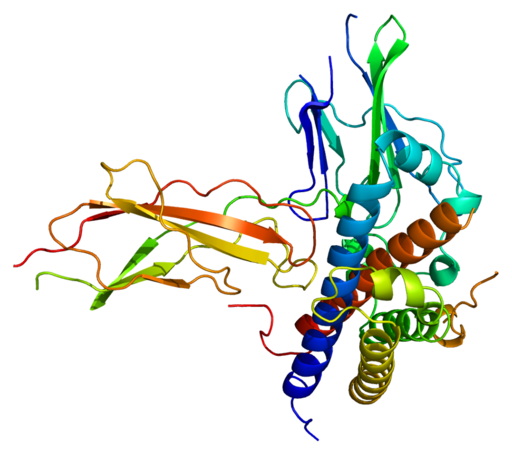A recent study in Science Advances, suggests that a variant of the growth hormone receptor gene protected humans against starvation millions of years ago. The gene protected us by limiting individuals body size during the scarcity of food. The variant, GHRd3, has been linked to characteristics such as small birth size, early sexual maturity, and other characteristics that would help a human when recourses are scarce.
The variant suddenly plummeted in number around 40,000 years ago but many people still carry it today. In order to dig deeper into what role the variant played in human evolution, Omer Gokcumen, the study’s lead author, turned mice into representations of humans millions of years ago. His team deleted part of the mice’s growth hormone receptor genes so they resembled the GHRd3 Variant.The mice all lived in the same habitat, were fed the same amount, and drank the same amount of water. The mice with the variant grew up to be smaller than their unmodified equivalents. Gokcumens’ team also found that out of 176 children today that have suffered from malnutrition, symptoms were much less severe in children with the GHRd3 variant.
Researchers continue to wonder why GHRd3 has persisted for so long but these findings could help to explain! It is possible that changes in available resources could have impacted the benefits of different variants.
In my AP Biology class, we learned about receptors. Reception is the first stage of Cell signaling. It is when a signal molecule binds to a receptor protein, causing some kind of conformational change in the receptor. Growth hormone receptors are Receptor Tyrosine Kinases which means they dimerize when signaling molecules bind. The tyrosine phosphate regions are phosphorylated by ATP and trigger a relay pathway sending signals through the cell for a response.



cytokinesav
Thank you for this insightful post. I appreciate how this entire post is based on receptor genes which we learned all about in our class. I wonder how you came up with this topic! I chose to read this post as I felt it was different from the others.
I followed up on the mentioned lead author, Dr. Omer Gokcumen’s research. I was curious to see which children carried this gene. https://www.bionews.org.uk/page_159506. Malawian children in particular experience reduced effects of malnutrition compared to others. I also found that East Asian people are less likely to carry this gene today. I truly wonder why. http://www.buffalo.edu/news/releases/2021/09/030.html#:~:text=Here's%20the%20story%20the%20study,as%20in%20Neanderthals%20and%20Denisovans.
I thought the experiment with the mice was clever and interesting. Most of all though, the relation to this post and the stuff we learned in class. Knowing that growth hormone receptors are Receptor Tyrosine Kinases helped me fully understand the role this gene has in cell signaling- it protected us by limiting individuals’ body size during the scarcity of food.